I had Windows Live Photo Gallery installed on my computer – for about 15 minutes. Although I despise the aggressive, sneaky nature of Live Installer, which pollutes my PC with Windows Desktop Search without authorization, I still wanted to give it a try, primarily because my favorite Picasa is hopelessly single PC-minded. Surprisingly for Google, the champion of Web-based computing, Picasa is a major pain to use on multiple computers – so I thought I’d give the Microsoft product a try.
I am surprised at the mostly positive initial feedback about this feature-less product. Yes, it’s fast, yes, tagging is easy – but has anyone given any thought to why we’re tagging in the first place? Other than becoming data-input clerks, what can you do with Photo Gallery?
Picasa treats tags/labels as albums, and as any decent photo album would do, allows re-arranging the display order of individual photos by simple drag & drop. It also allows playing slideshows along with music, creating movies and a myriad of other options. Windows Live Photo Gallery allows you to play a slideshow in the pre-determined order – that’s all.
Well, almost. If you publish your photos to Live Spaces, you can create a basic slideshow rearranging the display order of your pictures. (I could not find this option, but let’s believe the Help text.) Now I’m really confused: as much as I am a Web-computing fan, photos (and video) are the one area I still prefer to use a local machine for, after all we’re manipulating fairly large files. So why would Microsoft create desktop photo manipulation software that allows extensive data input yet requires users to go online to enjoy their pictures?
Is this another case of thoughtless, poor design? Frankly, I doubt it. Perhaps Microsoft just showed their hands regarding the future Live business model. Charging for extra storage is nothing new, but I suspect we’ll see bandwidth-based pricing sooner or later. The PC-components of Live are just the hook to get us online, and pay for accessing our own data – and believe me, the bandwidth usage of a 20-minute slideshow will be quite significant. ![]()

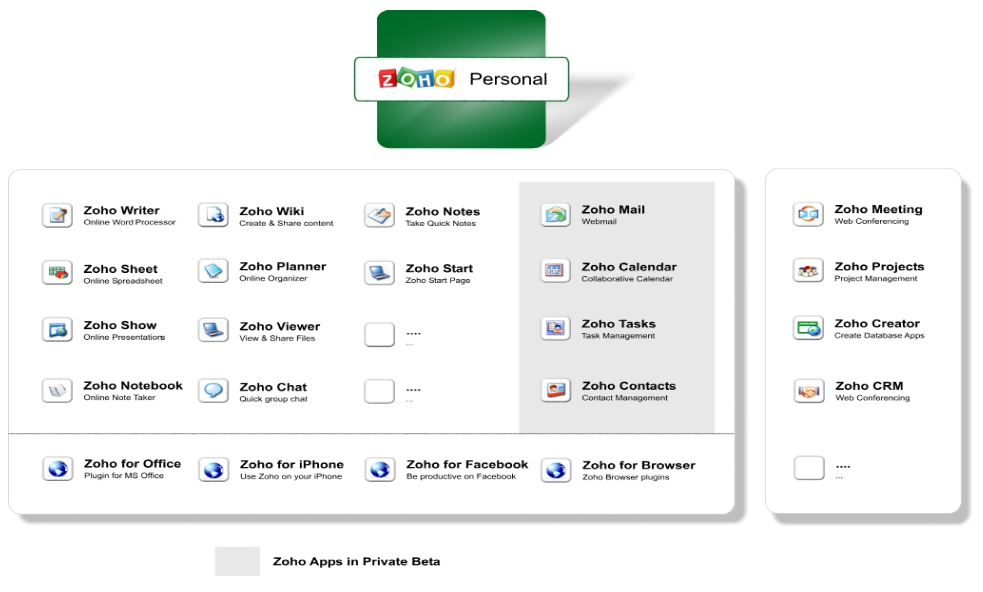

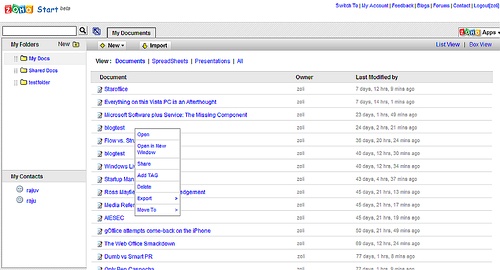
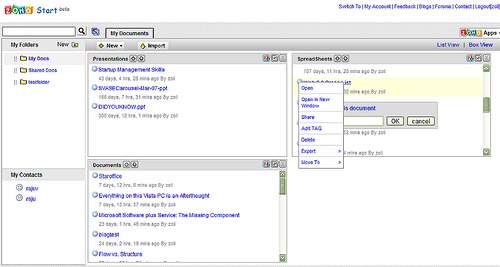
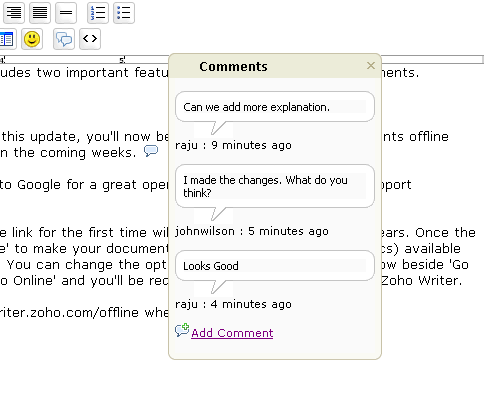
 OK, so I bit the bullet: after
OK, so I bit the bullet: after  the two other USB ports on the side of the display).
the two other USB ports on the side of the display).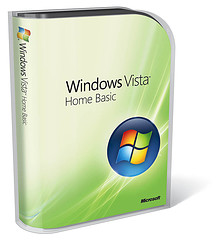 I will spare you the details of my two-day struggle with Vista, the fight with the idiotic permission-scheme, (can’t delete my own stuff), the incompatibilities, the fact that there’s less and less information to be found, other than from users – hey, even the User Manuals link points to nowhere… enough said already. After two days, I can use the system (the screen is beautiful) but I’m far from done.
I will spare you the details of my two-day struggle with Vista, the fight with the idiotic permission-scheme, (can’t delete my own stuff), the incompatibilities, the fact that there’s less and less information to be found, other than from users – hey, even the User Manuals link points to nowhere… enough said already. After two days, I can use the system (the screen is beautiful) but I’m far from done.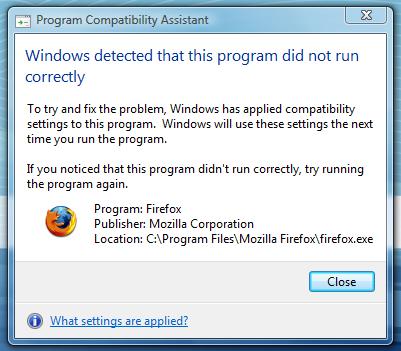
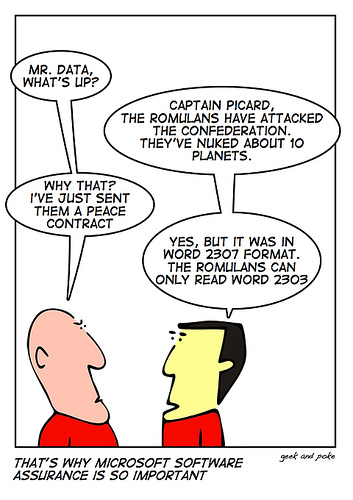




Recent Comments